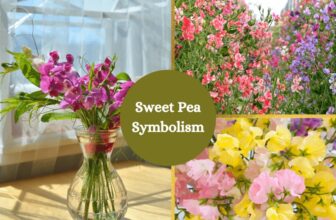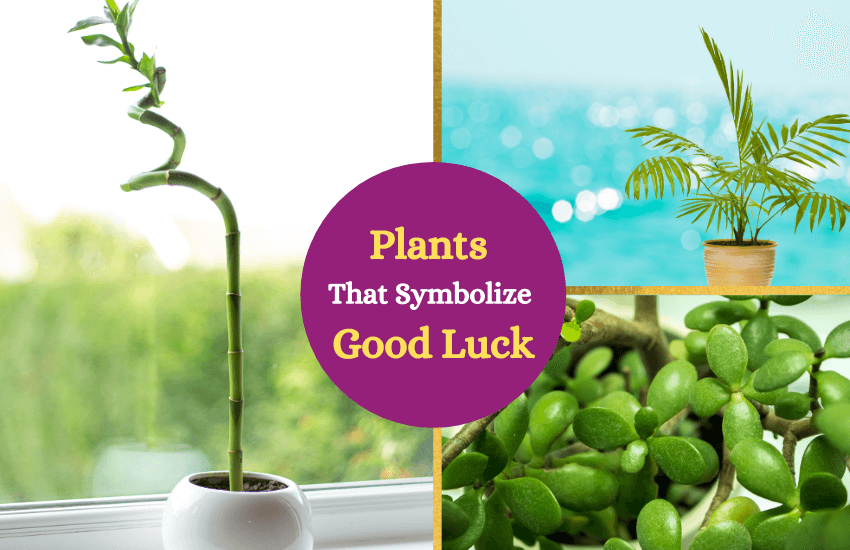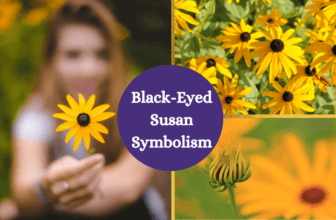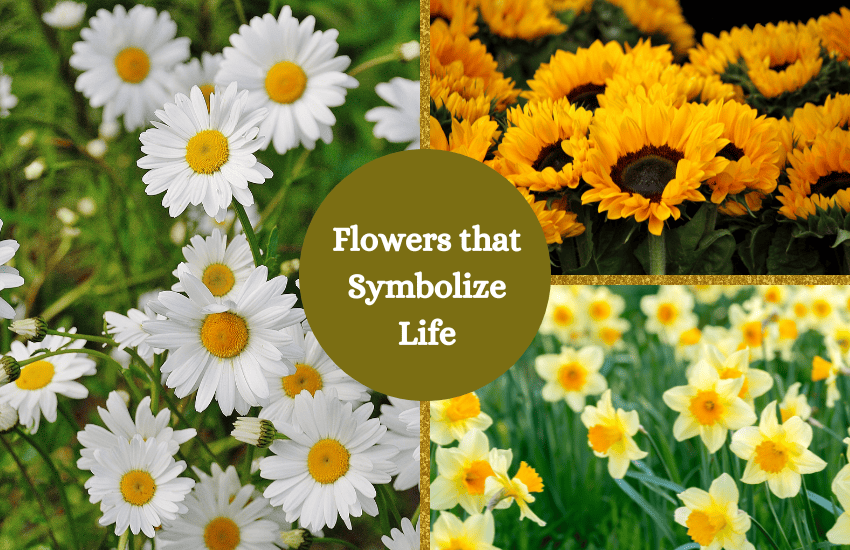
Table of Contents
Have you ever received a bouquet of flowers from a loved one that brought a smile to your face?
Flowers have been used to convey emotions and messages for centuries, and each flower has its own unique symbolism. One of the most common symbols associated with flowers is life, representing hope, growth, and vitality.
From the sunny sunflower to the delicate daisy, there are countless flowers that symbolize life, and each one has its own story to tell.
Let’s take a look at 20 flowers that symbolize life. These are perfect for bouquets to give at birthdays, weddings, or any coming-of-age event.
1. Daisy
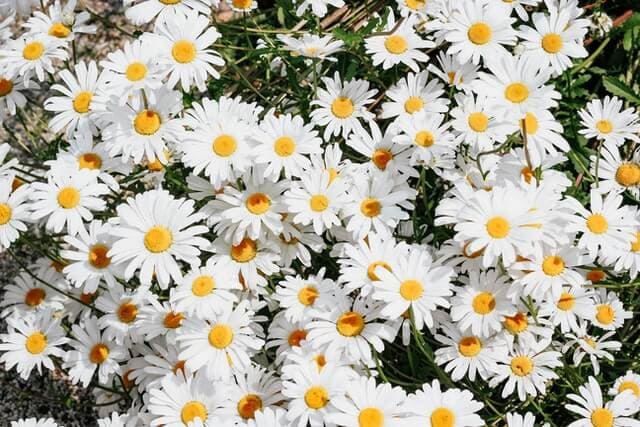
Daisies have a long history of being used as symbols of purity, innocence, and new beginnings. The bright, cheerful appearance of daisies can lift moods and bring joy, which is why they’re often used in bouquets and flower arrangements. In some cultures, daisies are believed to represent the sun and its life-giving properties.
Additionally, daisies are known for their resilience and ability to thrive in various conditions, which is another reason they‘re often seen as a symbol of life.
Whether you’re looking to celebrate a new beginning, honor a loved one, or simply add some cheer to your day, daisies are a wonderful choice for a symbol of life.
2. Sunflower
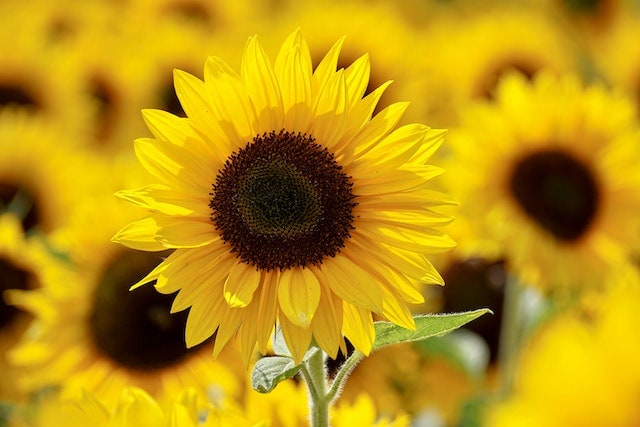
What makes the sunflower so special? Well, for one, it’s a sun-loving plant that always turns its face towards the light. In many cultures, this is seen as a symbol of optimism, positivity, and the pursuit of happiness.
And that’s not all – the sunflower is also known for its ability to thrive in harsh conditions. Its resilience and strength are qualities that are often associated with the concept of life, which is all about overcoming challenges and obstacles.
So, if you’re feeling down or need a little reminder to keep your head up, look no further than the sunflower. It’s a symbol of life in all its vibrant, tenacious glory.
3. Lily of the Valley
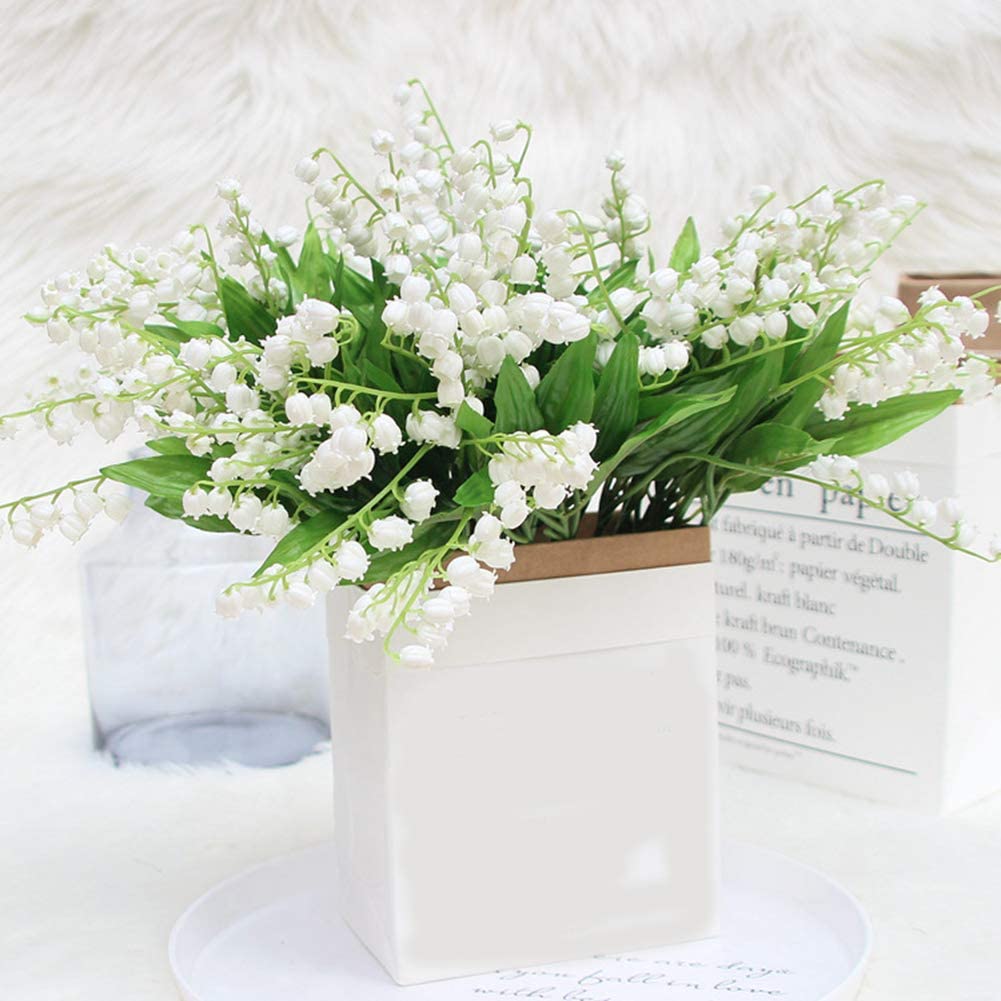
Lilies of the valley are delicate and sweet-smelling flowers that have long been associated with new beginnings and the renewal of life. In many cultures, these flowers are a symbol of purity, humility, and the promise of better things to come.
The lily of the valley’s delicate white blooms is often used in bridal bouquets and other special occasions, as they represent the purity of love and the hope of a happy future.
Interestingly, despite their beauty, lilies of the valley are also considered to be poisonous, containing a toxin called convallatoxin that can cause heart problems if ingested. This paradoxical nature only adds to their symbolic significance, as they represent the fragility and unpredictability of life.
4. Chrysanthemum
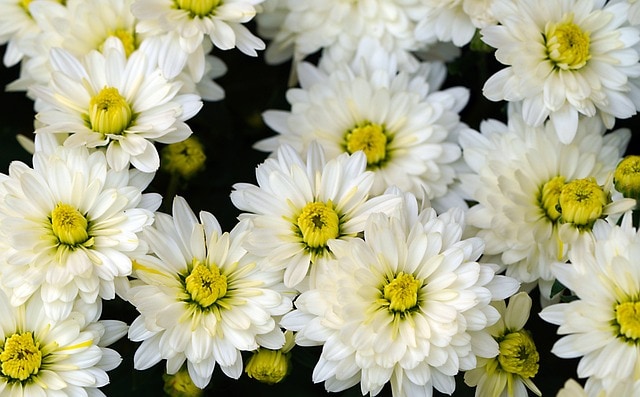
These beautiful blooms have long been used in traditional Chinese medicine for their healing properties and are also recognized as a symbol of life in Japanese culture.
In Japan, the chrysanthemum is known as the “Imperial Flower,” representing the country’s monarchy and divine status. It’s also believed to have life-giving properties, as its tea is thought to promote longevity and health.
In addition to its symbolism in Asia, the chrysanthemum is also recognized as the birth flower for those born in November, further emphasizing its association with life and vitality.
5. Rose
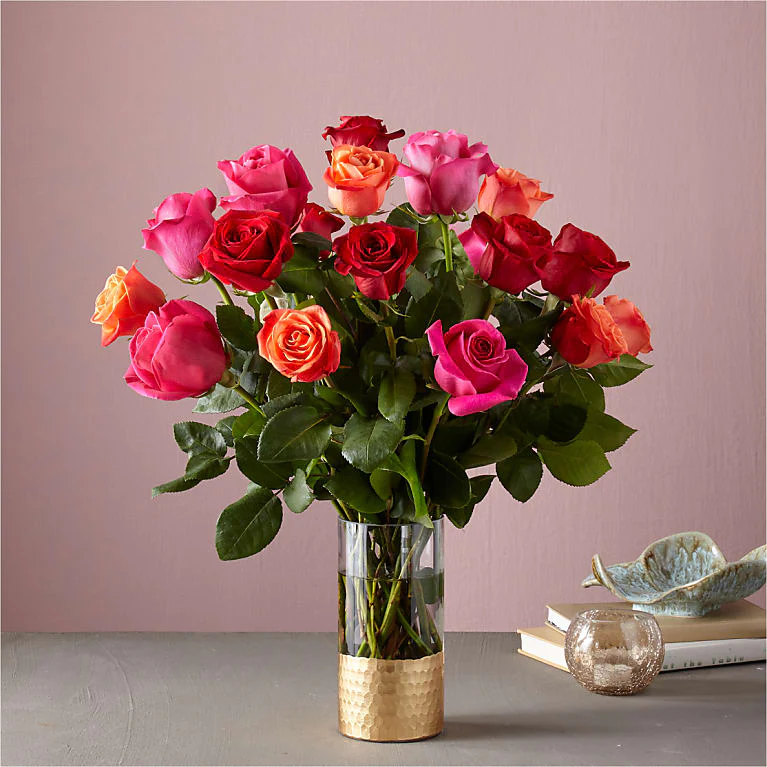
The rose’s symbolism of life can be traced back to ancient times, where it was seen as a symbol of rebirth and renewal.
In Christianity, the red rose represents the blood of Christ and the sacrifice he made for humanity. Meanwhile, in Buddhism, the rose symbolizes the unfolding of the human spirit and enlightenment.
But perhaps the rose’s connection to life is best expressed through its vibrant beauty and resilience.
Despite being delicate and fragile, roses are incredibly resilient and can withstand harsh weather and even harsher circumstances. They remind us that even in the face of adversity, there is beauty and hope to be found.
6. Hyacinth
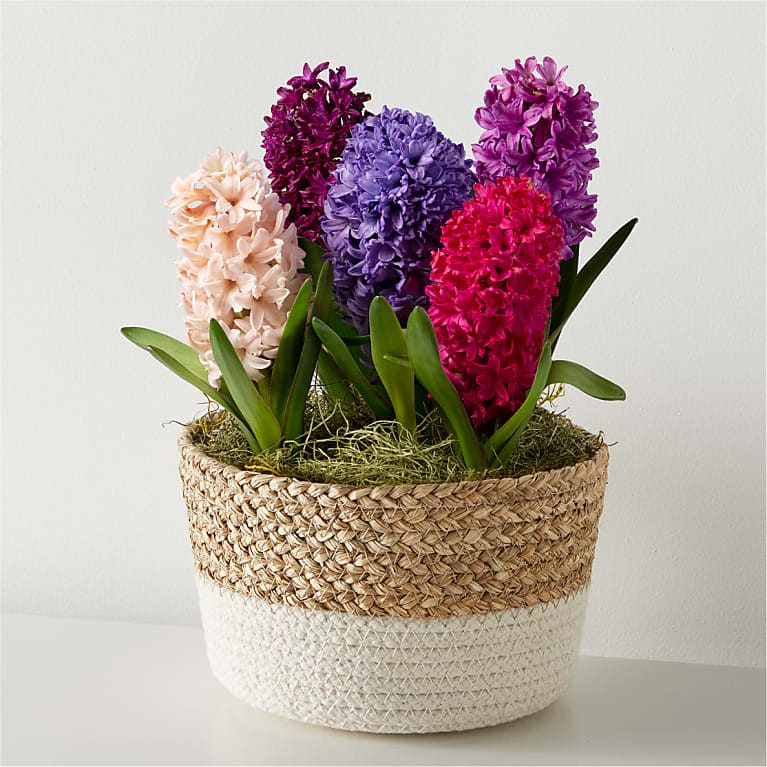
One of the most interesting things about the hyacinth is that it’s a symbol of both life and death. This stems from its association with Greek mythology.
According to the myth, a young boy named Hyacinthus was accidentally killed by a discus thrown by the god Apollo. From the boy’s blood, the god created the hyacinth flower as a symbol of his sorrow and love for Hyacinthus. In this way, the flower represents his death but also symbolizes him living on.
In other cultures, the hyacinth represents the beginning of life, renewal, and growth. It’s also said to bring good luck and happiness.
7. Sweet Pea
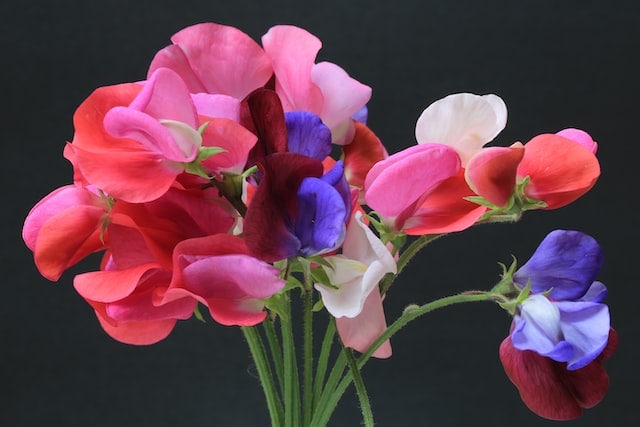
According to legend, the sweet pea was named after Hyacinthus. When Hyacinthus died, Apollo created a flower from his spilled blood, which he called the Hyacinth. However, the tears that Apollo shed over his son’s death transformed into the sweet pea we know today.
In addition to its symbolic meaning of life and happiness, the sweet pea is also associated with romance and affection. It’s often used in bouquets and arrangements to express feelings of gratitude, appreciation, and joy.
If you’re looking to add a touch of sweetness and joy to your life, consider planting sweet peas in your garden or gifting a bouquet of these lovely flowers to a loved one.
8. Daffodil
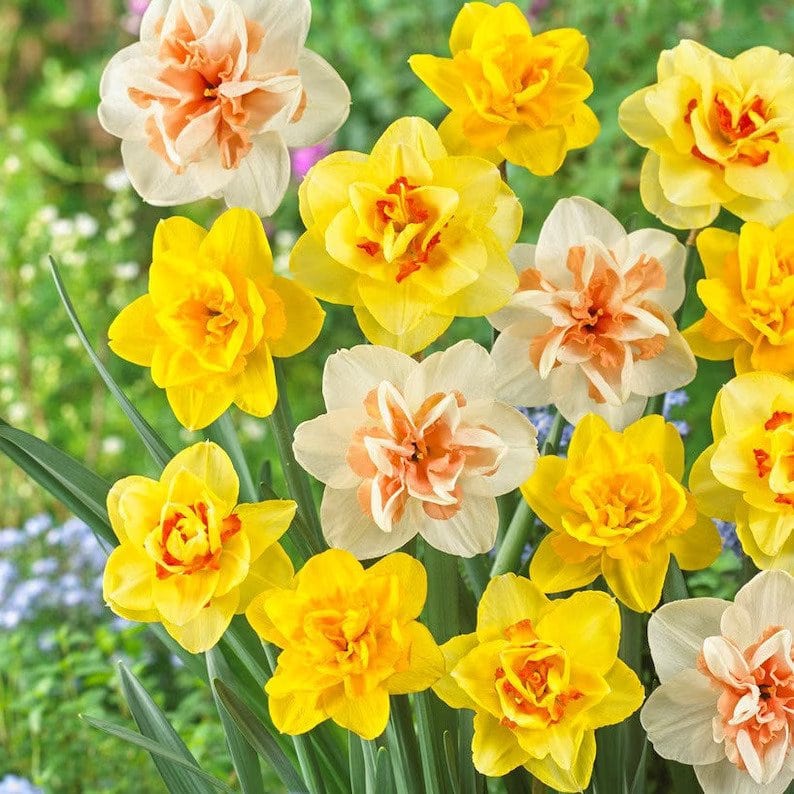
Daffodils are hardy and resilient, able to withstand harsh conditions and even thrive in rocky soil. They also have a unique ability to multiply rapidly, creating a sea of golden blooms in a matter of weeks.
The appearance of this flower heralds the end of winter and the start of a new season, full of life and growth. It’s also a popular symbol of hope, reminding us that even in the darkest of times, there is always a chance for new beginnings and fresh starts.
9. Marigold
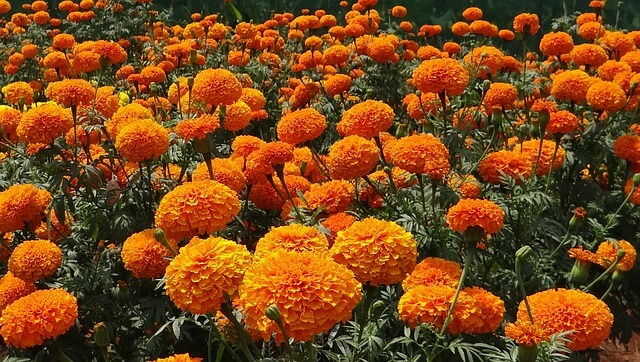
Marigolds are often used in religious and spiritual ceremonies to honor the cycle of life. While they’re a symbol of death in Mexico, where they’re used during Dia de los Muertos and placed on the altars during that festival, they symbolize the brevity of life.
So, they’re a symbol to live life to the fullest, because life is short and you never know when it’ll be taken away from you.
They’re known for their vibrant hues of yellow, orange, and red, which evoke feelings of happiness, joy, and energy. They’re also resilient and hardy, able to withstand harsh weather conditions and pests, making them a great symbol of strength and endurance.
In many cultures, marigolds are associated with the sun and are often used in festivals and celebrations. They’re believed to bring good luck and prosperity and are used to decorate homes, altars, and gravesites.
10. Gladiolus
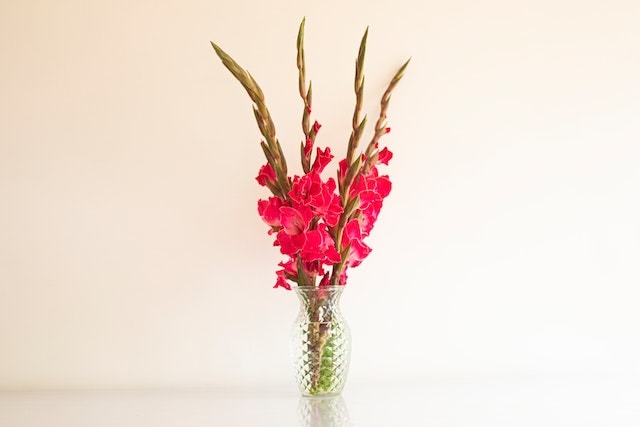
The gladiolus has long been associated with life and is often used in funerals to represent the idea of rebirth and renewal. Its tall, upright growth and bright colors are seen as symbols of hope and optimism, and it’s believed to bring positive energy and strength to those who display it.
If you’re looking for a flower that symbolizes life and adds a pop of color to your garden or home, the gladiolus is a perfect choice. It’s easy to grow and care for, and it will brighten up any space with its vibrant colors and positive energy.
11. Iris
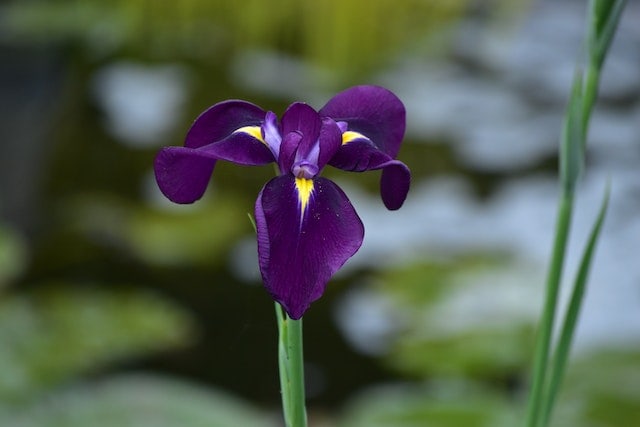
While the iris is commonly known to symbolize faith, hope, and wisdom, it also holds significance as a symbol of life. This elegant flower is said to represent the essence of life itself, symbolizing the fleeting nature of existence and the need to seize every moment.
In addition to its symbolic meaning, the iris is also beloved for its unique and striking appearance. With its slender petals and vivid colors ranging from deep purple to soft yellow, this flower has long been a favorite of gardeners and florists alike.
It’s worth noting that the iris has a special connection to the ancient Greeks, who associated it with the goddess Iris, messenger of the gods. According to legend, Iris used the rainbow as a bridge between heaven and earth, and her namesake flower was seen as a symbol of her power and beauty.
12. Hibiscus
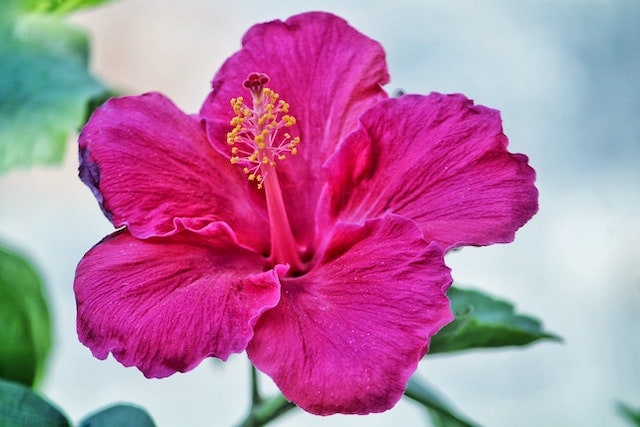
The hibiscus flower symbolizes many things, including love, beauty, and even life. In some cultures, the hibiscus flower is associated with the goddess Kali, who is believed to represent life and death. It’s also believed to have healing properties and is used in traditional medicine to treat various ailments.
The bright colors of the hibiscus flower, including red, yellow, and pink, are said to represent the different stages of life.
In Hawaiian culture, it’s the state flower and symbolizes the welcoming and friendly spirit of the Hawaiian people. The hibiscus is also commonly used in leis and other decorations for special occasions, such as weddings and graduations.
13. Lotus
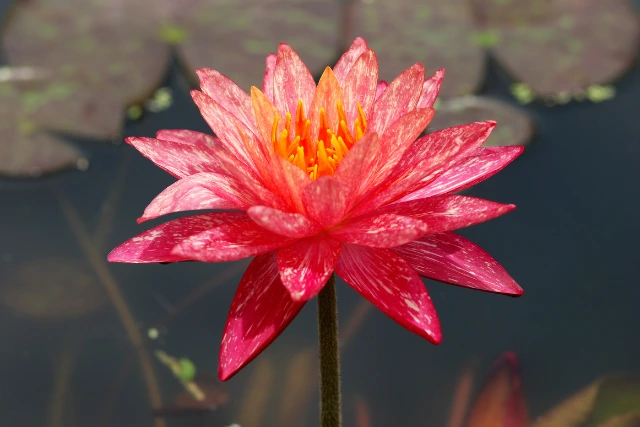
The lotus flower is known for its ability to rise above the muddy waters it grows in and bloom into a beautiful flower, representing the cycle of life and rebirth.
In Hinduism and Buddhism, the lotus is considered a symbol of purity, enlightenment, and spiritual awakening. It’s also often associated with the sun and rebirth because it closes at night and reopens in the morning.
In addition to its symbolic meanings, the lotus is also valued for its practical uses. The plant’s seeds, leaves, and flowers are used in traditional medicine for a variety of ailments, and its fibers are used to make clothing and paper. The lotus is also a popular ornamental plant in gardens and ponds.
14. Zinnia
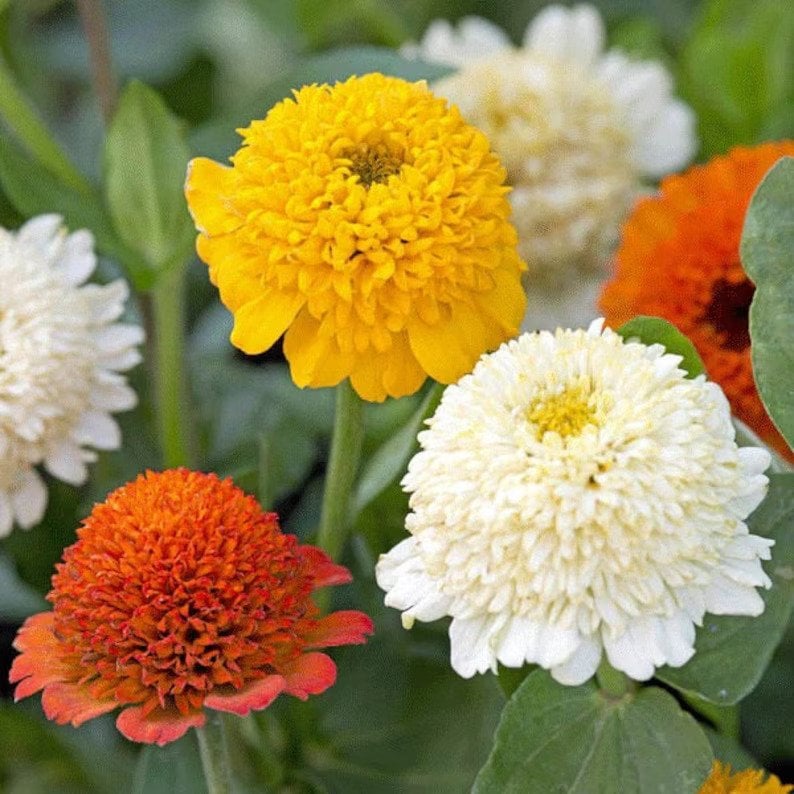
Zinnias are some of the most vibrant and colorful flowers out there, known for being a symbol of life. But why is that? Well, it’s partly because they’re hardy and resilient plants that can thrive in a variety of conditions. They can grow in many different soil types and can handle both extreme heat and moderate cold.
Another reason that zinnias symbolize life is that they are known to attract pollinators like bees and butterflies, which are essential for sustaining life on our planet. By attracting these important creatures, zinnias help to promote biodiversity and ensure that other plants can continue to grow and thrive.
Additionally, zinnias are often given as gifts to people who are celebrating new life, such as the birth of a baby or the beginning of a new chapter in someone’s life. They’re a joyful and colorful way to express excitement and hope for the future.
15. Carnation
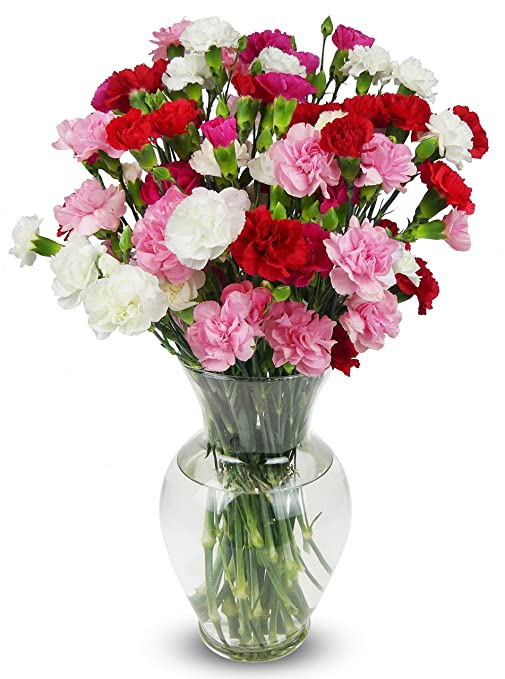
One possible reason why carnations are associated with life is that they have a long lifespan. They can last for up to three weeks after being cut and placed in a vase, which is longer than most other cut flowers. This longevity might be seen as a reflection of the endurance and resilience of life.
Another reason might be the legend of the carnation’s origin. According to Christian mythology, the Virgin Mary’s tears fell on the ground when she saw her son, Jesus, carrying the cross to his crucifixion. The tears sprouted into beautiful carnations, symbolizing the endurance of life and the resilience of the human spirit.
16. Poppy
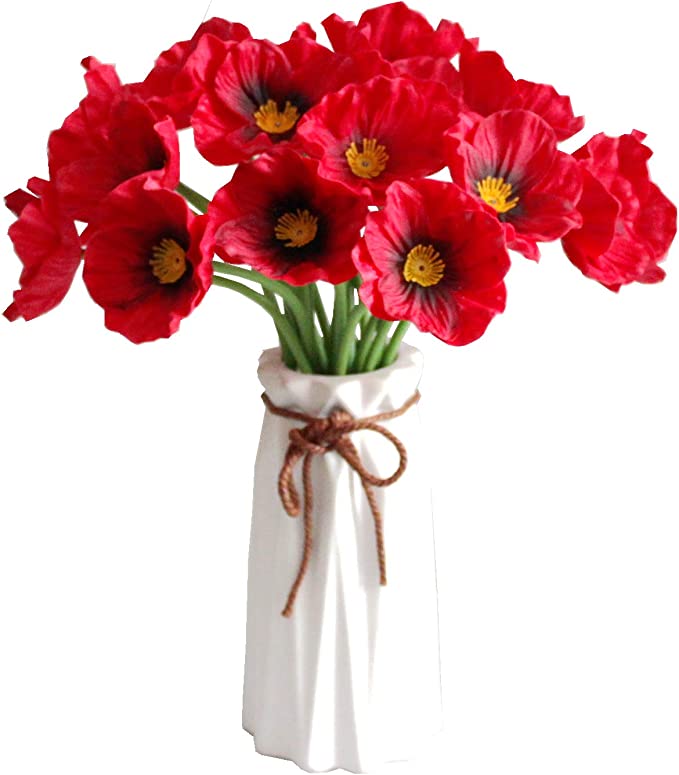
These flowers have been associated with life due to their quick blooming cycle, with many varieties only lasting a few days before fading away.
Poppies have also become an important symbol of remembrance for those who have lost their lives in wars. The red poppy has become a symbol of the sacrifice and bloodshed of soldiers who have given their lives to protect their countries.
The association with life comes from the idea that their sacrifice ensures the continuation of life and freedom for future generations.
In addition to being a symbol of life and remembrance, poppies have also been used for their medicinal properties. The opium poppy, in particular, has been used for thousands of years as a painkiller and sedative.
This association with healing and life further reinforces the symbolism of poppies as a representation of life.
17. Snapdragon
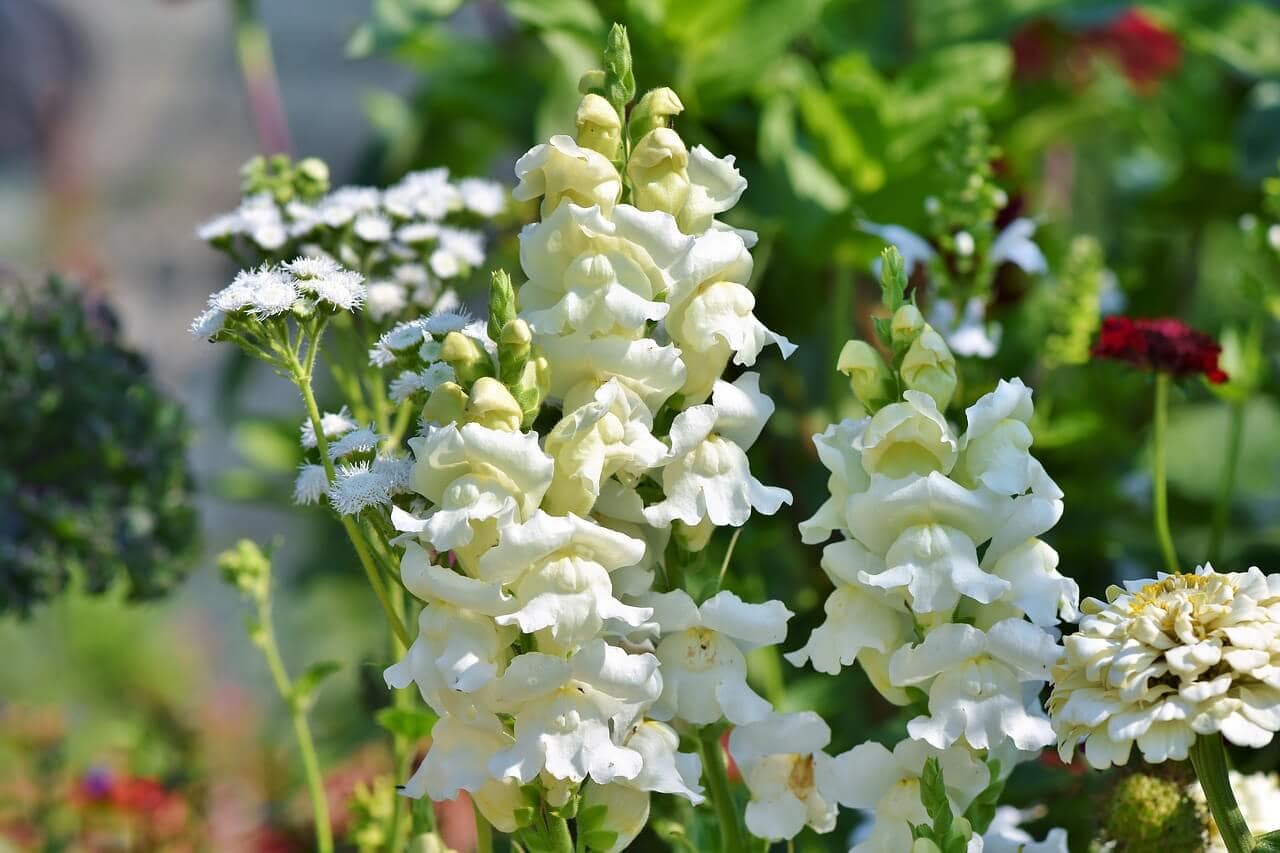
Snapdragons are unique flowers with an interesting history and symbolism. These flowers got their name because they resemble the face of a dragon when the sides of the flower are gently squeezed. They symbolize strength, grace, and, of course, life.
In Greek mythology, snapdragons were believed to have healing powers and were used to heal wounds and other ailments. They were also believed to have magical powers, and it was thought that if someone wore a garland made of snapdragons, they would be protected from witchcraft and other forms of harm.
Snapdragons come in many colors and are commonly used in flower arrangements and gardens due to their striking appearance and symbolism of life.
18. Petunia
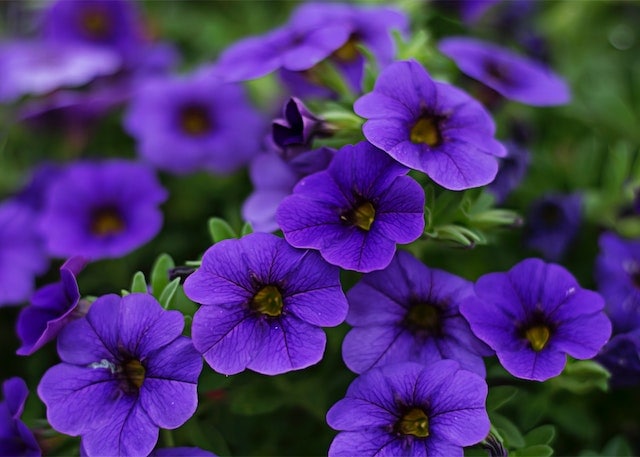
The petunia’s resilience and adaptability make it an excellent representation of the tenacity of life. Petunias come in a variety of colors, including white, pink, red, and purple, each symbolizing a different aspect of life.
For example, white petunias can represent new beginnings and purity, while pink petunias can symbolize playfulness and joy.
These flowers have a long blooming season, making them a symbol of the cycle of life, from birth to death and rebirth. They’re often used in funeral arrangements as a reminder of the beauty and resilience of life.
Petunias can also symbolize the importance of nurturing and taking care of life, as they require regular watering and pruning to flourish.
19. Peony
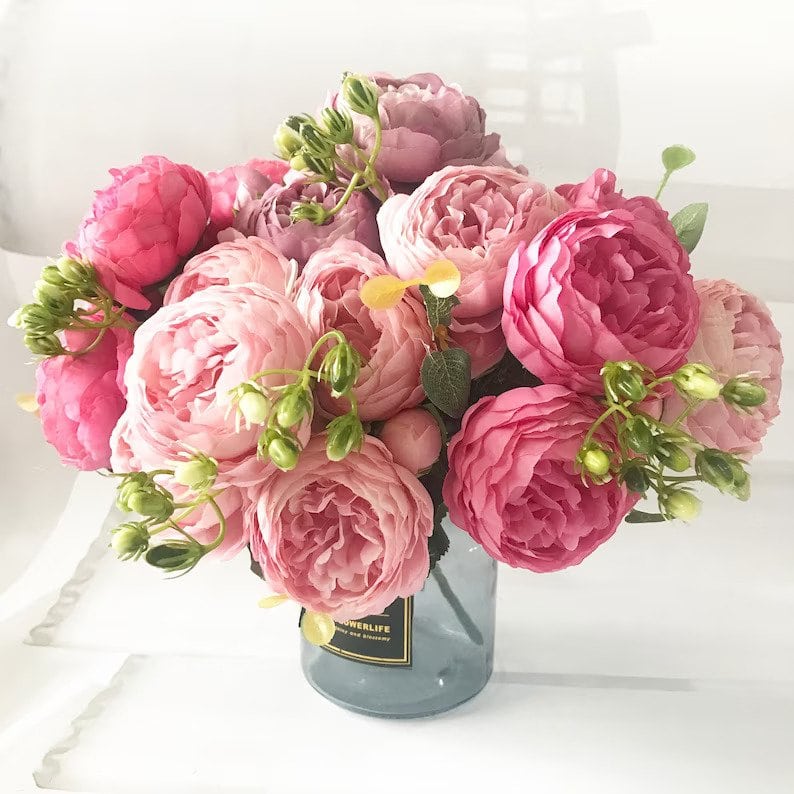
As a symbol of life, peonies represent the idea of new beginnings and fresh starts. They’re often given as gifts to celebrate life’s milestones such as weddings, births, and graduations.
In addition to their symbolic meaning, peonies are also beloved for their beauty, with their large, fluffy petals and vibrant colors that can brighten up any room or garden.
Peonies are also known for their delicate fragrance, which can add an extra touch of elegance to any occasion. Whether you’re looking to celebrate a new beginning or just want to brighten up your day, peonies are a perfect choice.
20. Forget-Me-Not
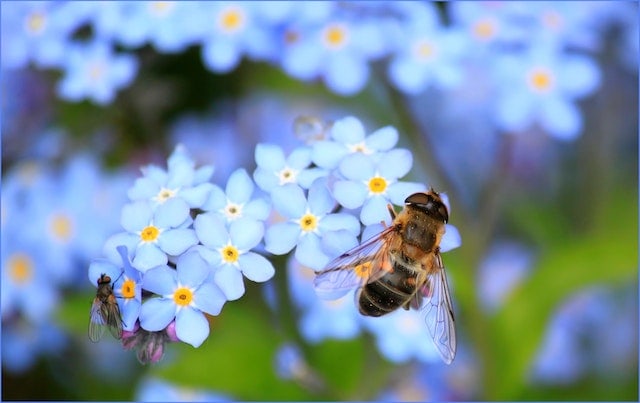
The forget-me-not flower may be small, but it sure does pack a big symbolic punch! This delicate blue flower has been associated with remembrance and memory, making it the perfect choice for commemorating the life of a loved one. But did you know that forget-me-nots are also a symbol of new beginnings and a fresh start in life?
Legend has it that in medieval times, a knight and his lady were walking by a river when she spotted some pretty blue flowers growing on the bank. As she reached out to pluck them, the weight of her heavy dress pulled her into the water.
As she was swept away by the current, she threw the flowers to her knight and shouted, “Forget-me-not!” Ever since, the flower has been associated with faithful love and the hope of new beginnings.
Wrapping Up
Flowers have been used for centuries to express emotions and convey messages, and the ones that symbolize life are no exception. From the cheerful daisies to the vibrant sunflowers and the delicate forget-me-nots, each flower carries a unique meaning that can brighten up our lives.
Whether we use them to decorate our homes or send them as gifts to loved ones, these flowers remind us of the beauty and preciousness of life.
So next time you see a bouquet of flowers, take a moment to appreciate the message they convey and the joy they bring. And if you’re ever in need of a pick-me-up, just remember that there’s always a flower out there that symbolizes the vitality and resilience of life.
Similar Articles:
25 Flowers Symbolizing Happiness and Joy
Flowers that Symbolize Strength





